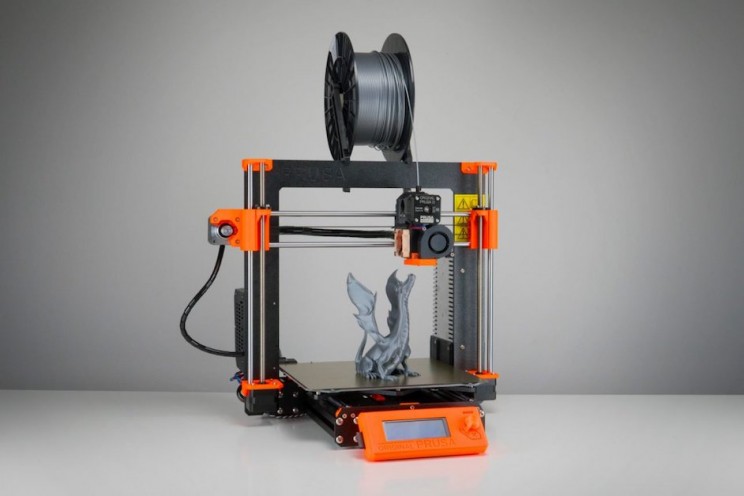
The manufacturing process made use of subtractive or formative techniques for making different products. While these methods may have been efficient in the past, these days the need for producing products in as much less time as possible has increased significantly, owing to the surging population and changing customer preferences.
As per a P&S Intelligence report, in 2017, the global 3D printing market generated a revenue of $8.5 billion and is expected to attain a value of $31.8 million by 2023, progressing at a 24.6% CAGR during the forecast period (2018–2023).
Therefore, after subtractive manufacturing 3D printing technique, also known as additive manufacturing, was developed. Under this technique, physical objects are manufactured by depositing materials in layers based on the basis of a digital model. Since the utilization of 3D printing instead of conventional manufacturing techniques yields better results in less time and without wastage, its demand is rising rapidly across the globe.
The different components which utilized in the 3D printing process are software, printer, service, and material. These components are used in various kinds of 3D printing processes such as material jetting, material extrusion, vat photopolymerization, sheet lamination, direct energy deposition, binder jetting, and powder bed fusion.
Download Brochure With Technical Innovation : https://www.psmarketresearch.com/market-analysis/3d-printing-market/report-sample








No comments:
Post a Comment